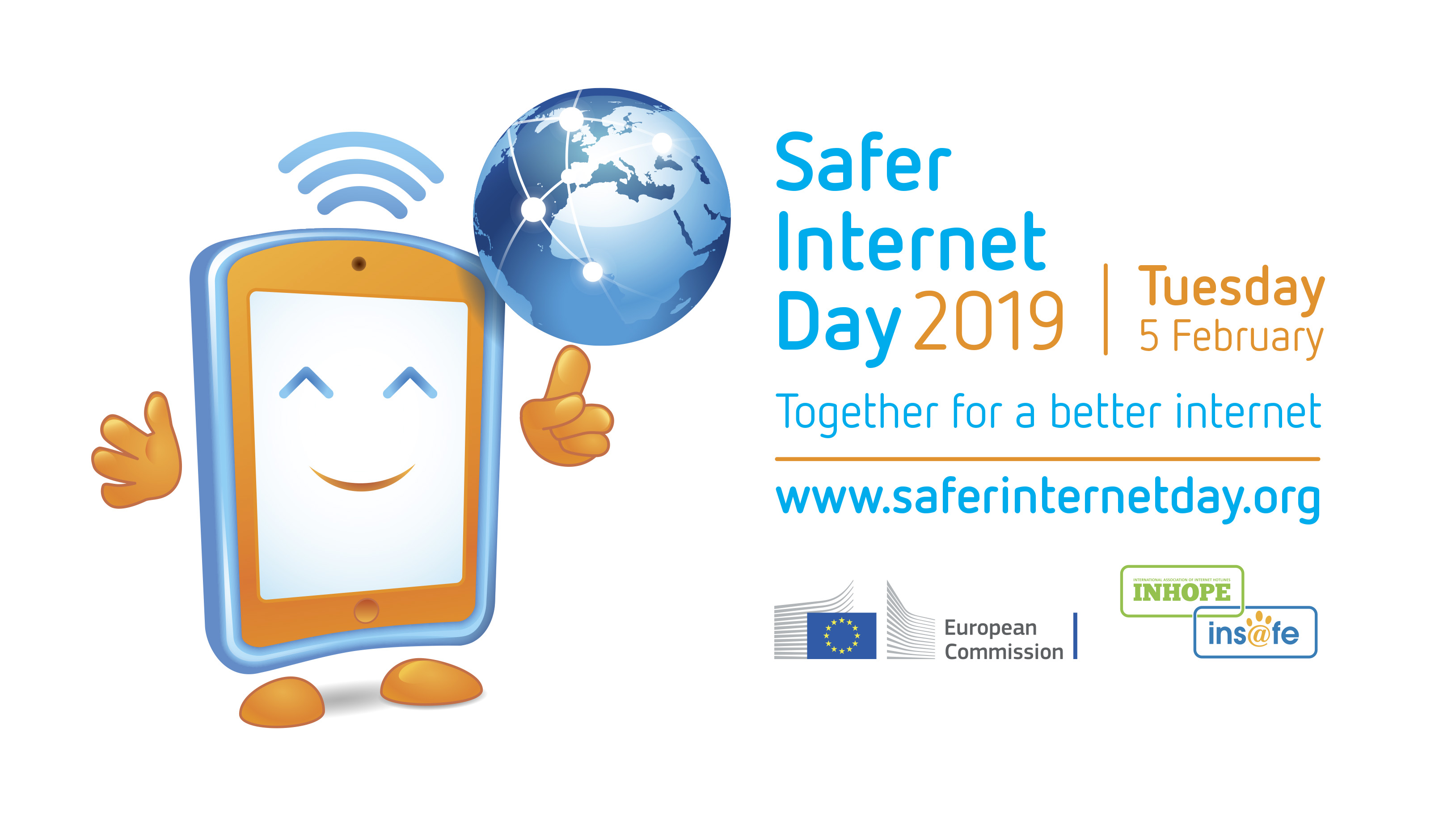Doing Your Part for a Safer Internet
Home Help Center Doing Your Part for a Safer Internet

February 5th is Safer Internet Day, an international effort aimed at making our world wide web safer for every kind of user.
This year’s theme, “Together for a better internet”, focuses on creating a better internet for all users.
Whether it’s children playing a game or doing homework, longtime friends reconnecting over social media, or a company conducting business around the world, the internet was designed to bring people together. Ideally, it should happen without becoming the victim of a crime.
The Safer Internet Day website contains a wealth of resources and announcements about events in different locations, but you don’t have to save it all for one special day. There are a number of things you can do to make the internet a better place.
1. Embrace strong password security
A lot of people misunderstand the mechanism by which hackers grab your password. They think teams of criminals sit at workstations and type in various numbers or letters until they get it right. That’s why a lot of people think using something like “password” is a good idea: “They’ll never guess something so obvious!” The truth is, hackers use software that can make billions of guesses per second. They don’t have to type a thing, they just launch the software and wait for access to your account.
But you can fight back against this by using a password that even a computer would have a hard time guessing. Combinations of uppercase and lowercase letters, numbers, and symbols are important for protecting your accounts, as is ensuring that you only use that password on one account.
2. Beware of what you share
Social media hoaxes are nothing new, but they continue to run rampant because people blindly click to send them out again. A lot of hoaxes may be silly stories or “click like and share if you want this baby to be healed!” kinds of pointless content. However, there’s a reason accounts like those post fake content.
Even if it looks like they’re not benefitting in any way, they still are. When you share someone’s post, you’re telling the social media platform that this is valuable content. That means the algorithms behind it are more likely to make other content from that user visible to a lot of people.
Of course, silly hoaxes are one thing, but posting negative information is something else altogether. Make sure you’re not accidentally sharing inaccurate medical information, content that willfully targets an individual, or posts that damage reputations despite being false.
3. Even if it’s about yourself, don’t overshare
Oversharing on social media doesn’t just mean spilling the beans about family secrets or uploading embarrassing potty training videos of your kids. It also means posting so much information about you or your family that an identity thief can connect the dots. Even worse, you could accidentally post so much information that this same thief can connect the data dots on your friends and relatives.
Remember to maintain an air of caution about what you put in your profiles, what you say in your posts, and which friend requests you accept in order to avoid being targeted by someone masquerading as something they’re not.
Contact the Identity Theft Resource Center for toll-free, no-cost assistance at (888) 400-5530. For on-the-go assistance, check out the free ID Theft Help App from ITRC.
Read more: Hackers Use Memes To Hide Malicious Code
How much information are you putting out there? It’s probably too much. To help you stop sharing Too Much Information, sign up for the In the Loop.
Get ID Theft News
Stay informed with alerts, newsletters, and notifications from the Identity Theft Resource Center


